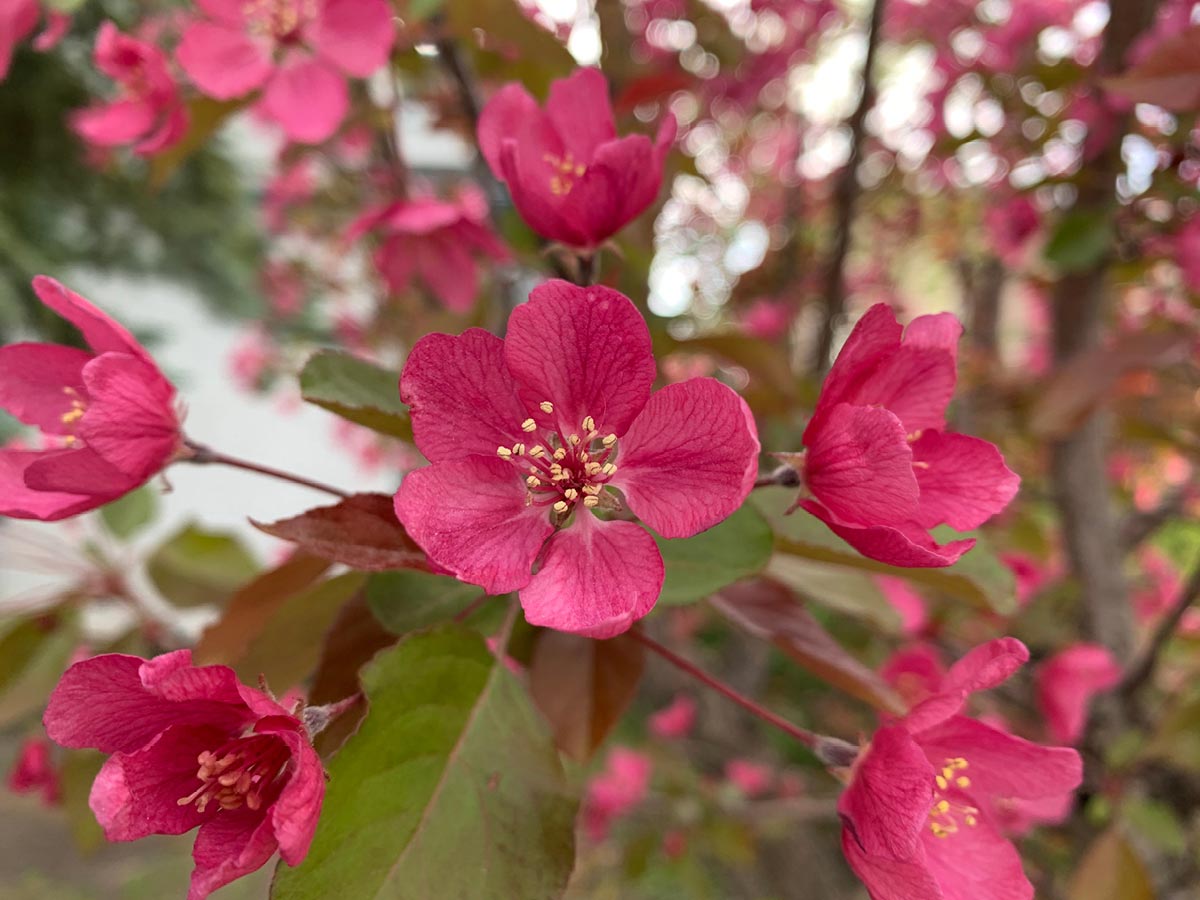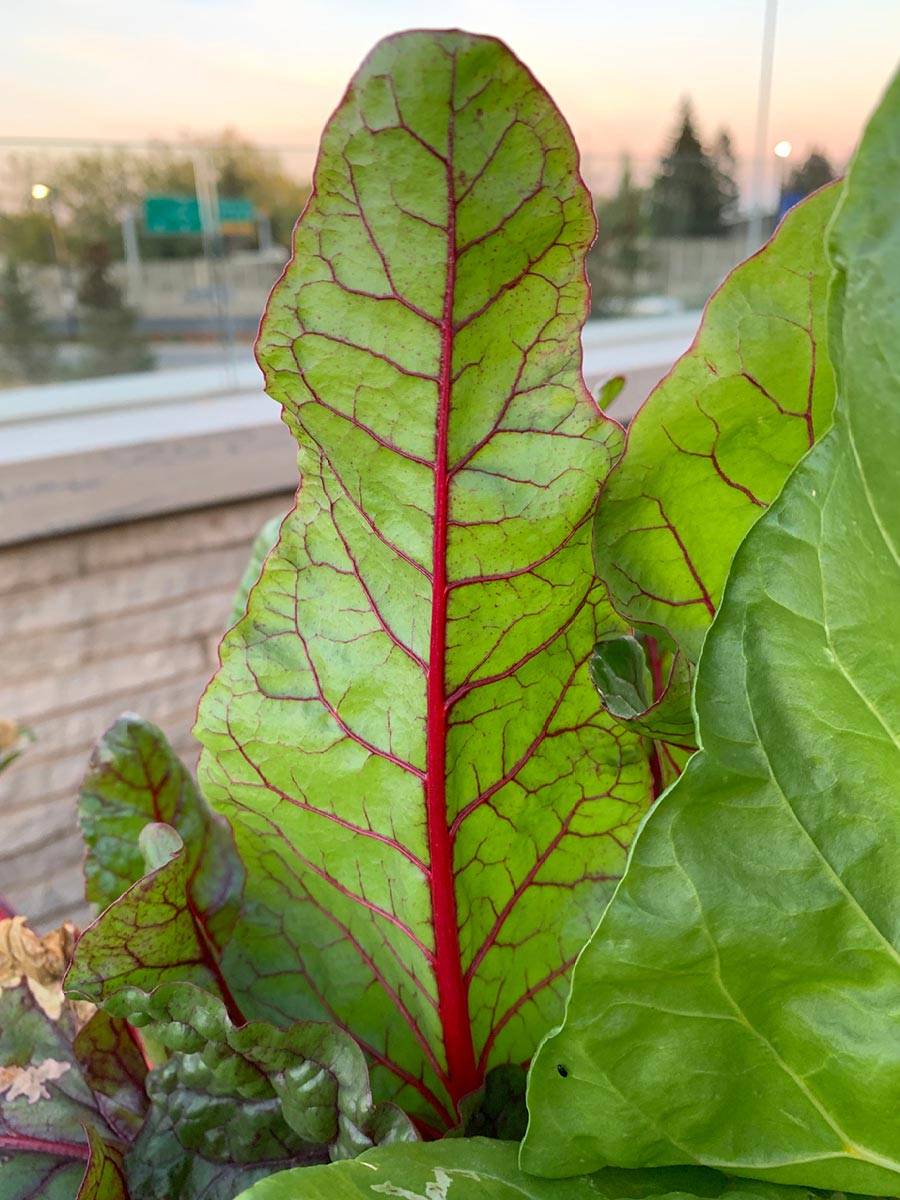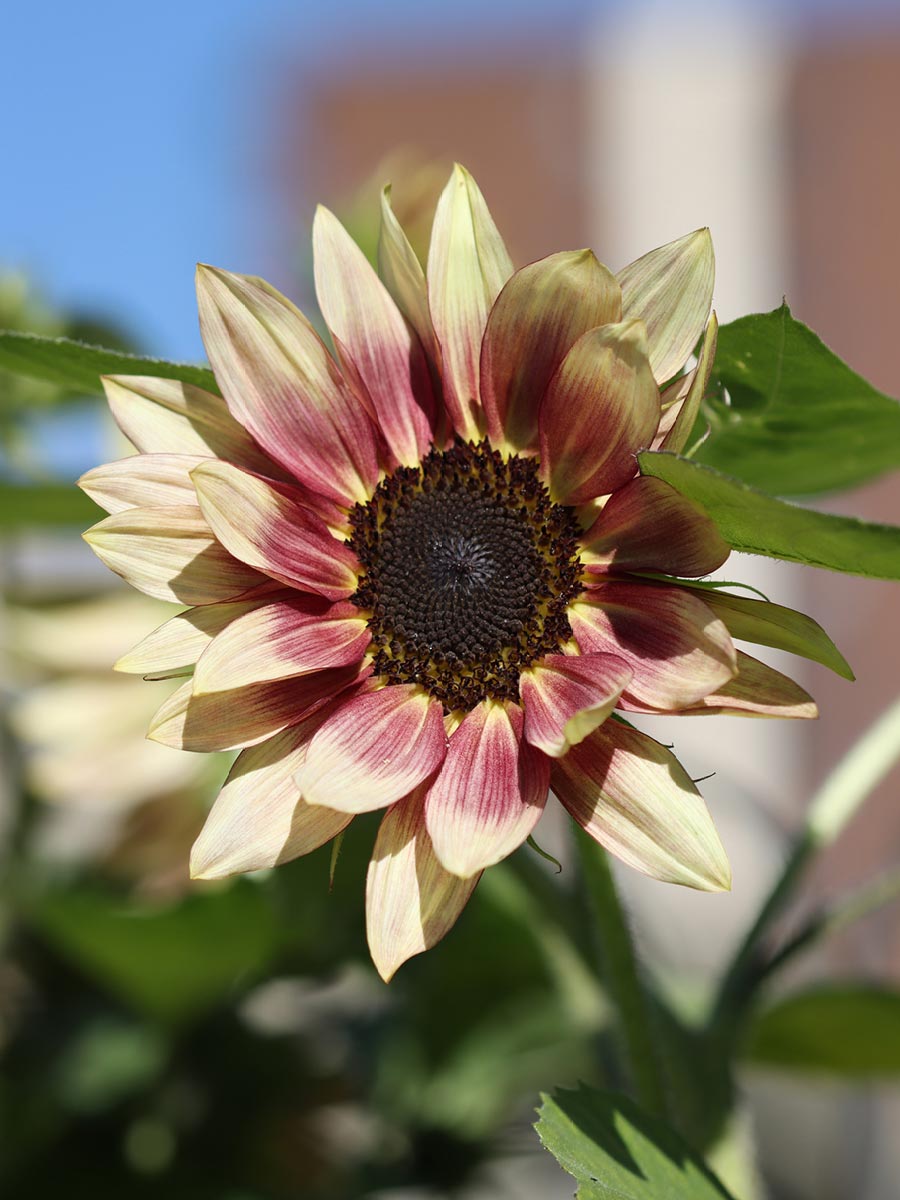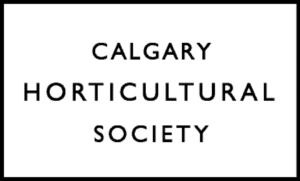Double Duty Plants

As the City of Calgary attempts to control urban sprawl, new lots are becoming smaller. While a small garden is easier to care for and less time-consuming, it does mean that homeowners have to pack more into their space. One solution is to grow plants that are both ornamental and edible. Fruit trees and shrubs have beautiful blossoms, provide privacy and shade in the garden, and have the added bonus of fruit. Annual and perennial vegetables, fruits and edible flowers don’t have to be grown in their own beds; many are wonderful additions to garden borders and containers.
Apple trees are lovely, with white blossoms in the spring and fruit in the fall. Many hardy apple varieties are now available in Calgary. Edible crabapples have white flowers and fruit which is excellent for jelly. The Evans cherry has been grown in Alberta since the 1920s and is very hardy in Calgary. Although it is considered a sour cherry, the fruit is delicious fresh and great for cooking.
The University of Saskatchewan has developed dwarf sour cherry varieties—the Romance Series—in shrub form. Like the Evans cherry, they are attractive and hardy and bear delicious fruit. Nanking cherry is a lovely ornamental shrub commonly grown in Calgary. The small, sweet red fruit is tasty but has rather large pits, so maybe best used for jelly. Honeyberries, or haskaps, are relatively new shrubs on the market. The elongated dark-blue berries ripen in mid to late June. They are excellent fresh or in preserves. Saskatoon is a North American native shrub with white blossoms in spring and outstanding fall colour. It is often planted as an ornamental shrub or hedge; however, the sweet blue fruit, which ripens around mid-July, is delicious fresh or cooked.

Rhubarb is tough as nails and is ready to harvest early in the spring. It is delicious in baking and preserves, either on its own or combined with strawberries, apples, or berries.
Many herbs fit nicely into garden borders and containers. Chives of the common and garlic varieties have attractive grass-like leaves and pretty purple and white flowers, respectively. Thyme makes a beautiful, edible ground cover; mother-of-thyme is my favourite. At the Calgary Zoo, curly parsley is used as an attractive edging in ornamental borders.
Vegetables can also be pleasing additions to ornamental beds and containers. The quirky-looking
perennial walking onion produces flowers and clusters of small onions on top of the foliage. The tops then fall over, and new plants sprout from the top onions. The greens, top onions, and roots can be eaten. Colourful lettuces, rainbow chard, and kale are lovely additions to garden beds and containers. And for a vertical accent or screen, grow scarlet runner beans on a trellis or fence for bright red blossoms and edible beans in the summer.
Add some edible flowers to your garden beds or containers for a splash of colour and to attract pollinators. Many blooms that we consider purely ornamental are also edible. Some of my favourites are nasturtiums, violas, and daylilies. Plant a few sunflowers for seeds to eat or to share with the birds.

So don’t be discouraged if your garden is rather small in scale. No matter what size plot you are blessed with, you can cultivate your own version of paradise.
Note: I haven’t listed specific cultivars; it’s always best to ask for recommendations from a reputable local garden centre.
To learn more about small space gardening and the Calgary Horticultural Society, visit our website www.calhort.org.
Ann Van de Reep
Calgary Horticultural Society

